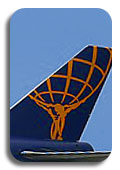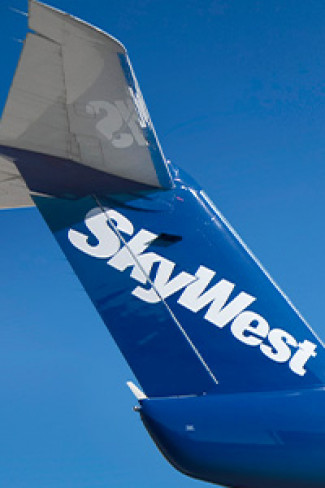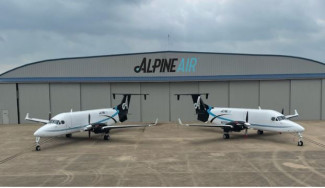International Flights May Be the Last to Return to Normal

Since the coronavirus pandemic overtook the globe, many airlines and industry watchers have debated the risk of transmission during flight.
Some argued that HEPA filters, which removes small particles from the air, would mitigate concerns. Others argued that the proximity to other passengers and confined space required more severe measures, such as flying with vastly reduced capacity.
We now have new data, specifically for international flights, and the data shows that the risks remain high. Let’s take a look at the two new studies examining the chance of spreading the virus.
The London-to-Hanoi Study
On March 2nd, over 217 people boarded a 10-hour flight from London to Hanoi. Unbeknownst to those onboard, one symptomatic traveler was infected. After discovering this information, everyone that flew together was quarantined separately, and a symptom check was performed twice a day for two weeks.
Researchers at the National Institute of Hygiene and Epidemiology in Hanoi, Vietnam, then monitored the outbreak and discovered the following:
-
75% of those infected sat near the symptomatic passenger in the business class
-
The other 25% contracted COVID-19 simply by being within 6.56 feet of the infected person for more than 15 minutes.
Based on the data, the researchers concluded that “[T]he risk for on-board transmission of SARS-CoV-2 during long flights is real and has the potential to cause Covid-19 clusters of substantial size, even in business class–like settings with spacious seating arrangements well beyond the established distance used to define close contact on airplanes”
For more information about this particular case, the study can be found here.
The Boston-to-Hong Kong Study
A second analysis was conducted after a flight from Boston to Hong Kong occured on March 9th. During the 15-hour journey, a married couple, infected with COVID-19, managed to pass on the virus to two flight attendants that served them.
This was confirmed after discovering the genetic makeup of the coronavirus matched in all four patients. Had any of the individuals been infected via other means, the virus’ genome would have differed.
Taking this into consideration, researchers of this case warned that “Our results strongly suggest in-flight transmission of SARS-CoV-2. Our results demonstrate that SARS-CoV-2 can be transmitted on airplanes. To prevent transmission of the virus during travel, infection control measures must continue.”
More information is available at this link.
What This Means For Pilots
According to the Center for Disease Control and Prevention (CDC), almost 11,000 people have been exposed to the coronavirus on flights. Between this report and the two cases mentioned above, it is clear that flying does increase a person’s risk of getting infected.
The majority of these cases appear to occur on long-haul flights. Due to this, international flights are likely going to be the last routes pilots see return to normal once a vaccine is discovered.
In the meantime, if you are scheduled to pilot a long-haul flight take the time to be extra cautious. Strictly adhere to CDC guidelines, always wear a top notch mask, and use hand sanitizer often.
-

Airshare 07/22/2024
-
Alpine Air 07/18/2024
-

Atlas Air 07/17/2024
-

Piedmont Airlines 07/10/2024
-

SkyWest 07/09/2024
 AIRLINE PILOT CENTRAL
AIRLINE PILOT CENTRAL